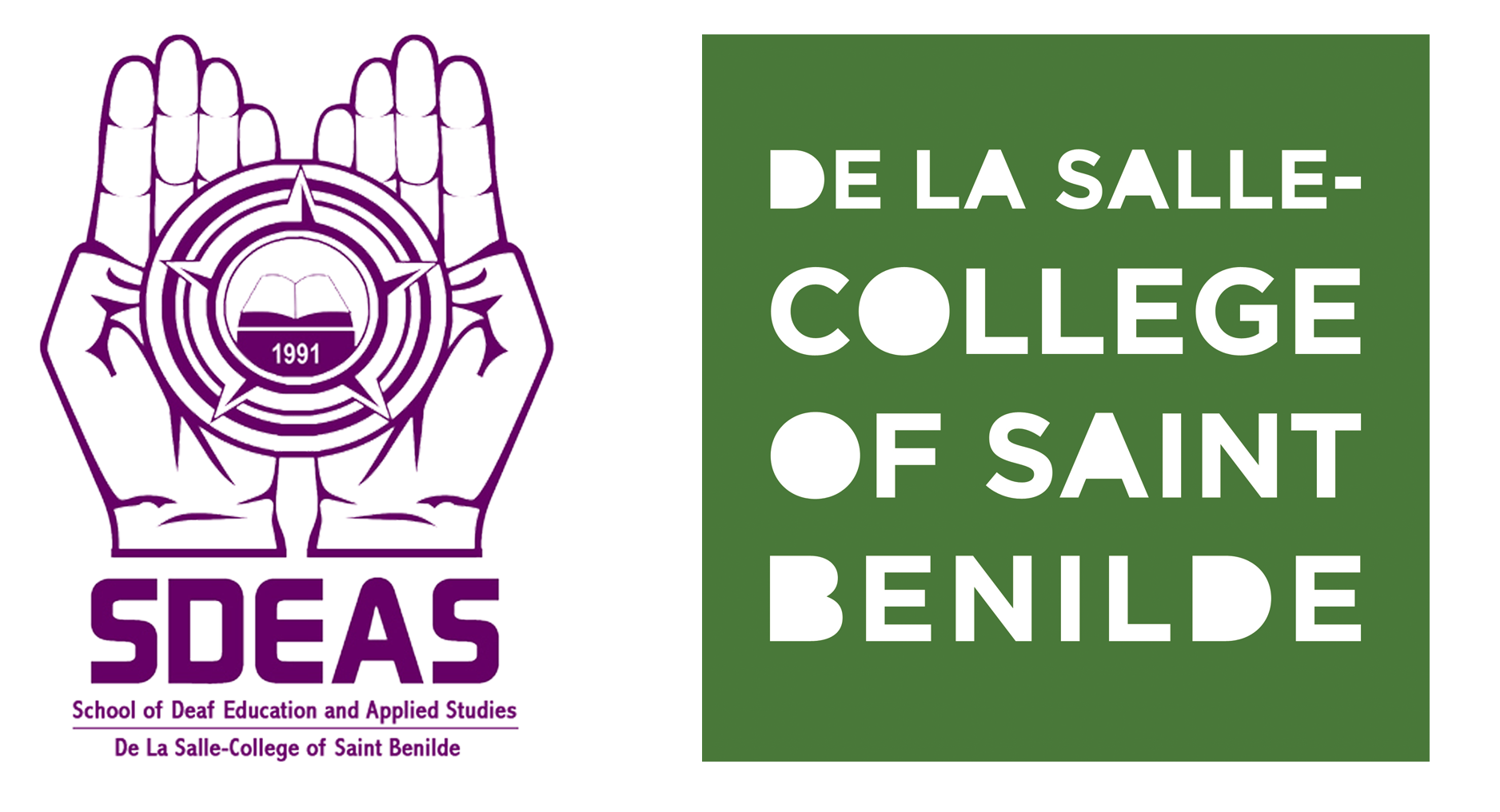Ever since the Filipino Sign Language (FSL) Act was signed into law in 2018, more and more institutions, companies, and individuals are considering ways to be more friendly and inclusive to Deaf individuals.
Republic Act No. 11106 or also known as the FSL Act declares FSL as the national sign language and mandates its use in all Philippine schools, government offices, workplaces, and broadcast media as means to provide deaf Filipinos access to opportunities.
Almost five years since the signing into law of the FSL Act, many remain confused with what Filipino Sign Language actually is and how it should be used. As the leading Deaf education institution in the Philippines, Benilde SDEAS seeks to clarify misconceptions and debunk myths about FSL.
Here are 5 facts about Filipino Sign Language.
- Let’s first define what Filipino Sign Language is. FSL is the natural language of communication used by the majority of Deaf Filipinos. This is easier understood by Deaf Filipinos because its grammar, syntax, and idioms are, for the most part, a reflection of Filipino culture.
- Filipino Sign Language is a visual language consisting of a combination of gestures, facial expressions, along with hand and body movements. Because sign languages are built from visual units, a lot of people confuse sign language to pantomime and body language. This is not true because sign language in itself, has a complex visual grammar that enables Deaf individuals to communicate.
- Filipino Sign Language is not the same as ASL or American Sign Language. FSL and ASL may share several similar signs due to the American colonization of the Philippines, but they are very much different in terms of grammar–phonology, morphology, and discourse.
- There is no universal sign language for Deaf individuals. There are actually around 400 sign languages across the globe based on the different cultures of each country.
- FSL does not have anything to do with spoken Filipino or Tagalog or with any other oral or written language. Sign language is a visual language that relies heavily on imagery and concepts. That is why it would be difficult for Deaf individuals to understand what you are signing if you sign according to the structure of spoken and written language.
Ultimately, the best way to understand the nuances of FSL is to learn from competent and experienced Filipino Deaf teachers. Go to sdeas.benilde.edu.ph/fsllp to enroll in the SDEAS Filipino Sign Language Learning Program.
You may also download the FSL Buddy App, subscribe to our Youtube page or connect with us on Facebook or Instagram. Send us any questions you may have about FSL or about the Filipino Deaf.


